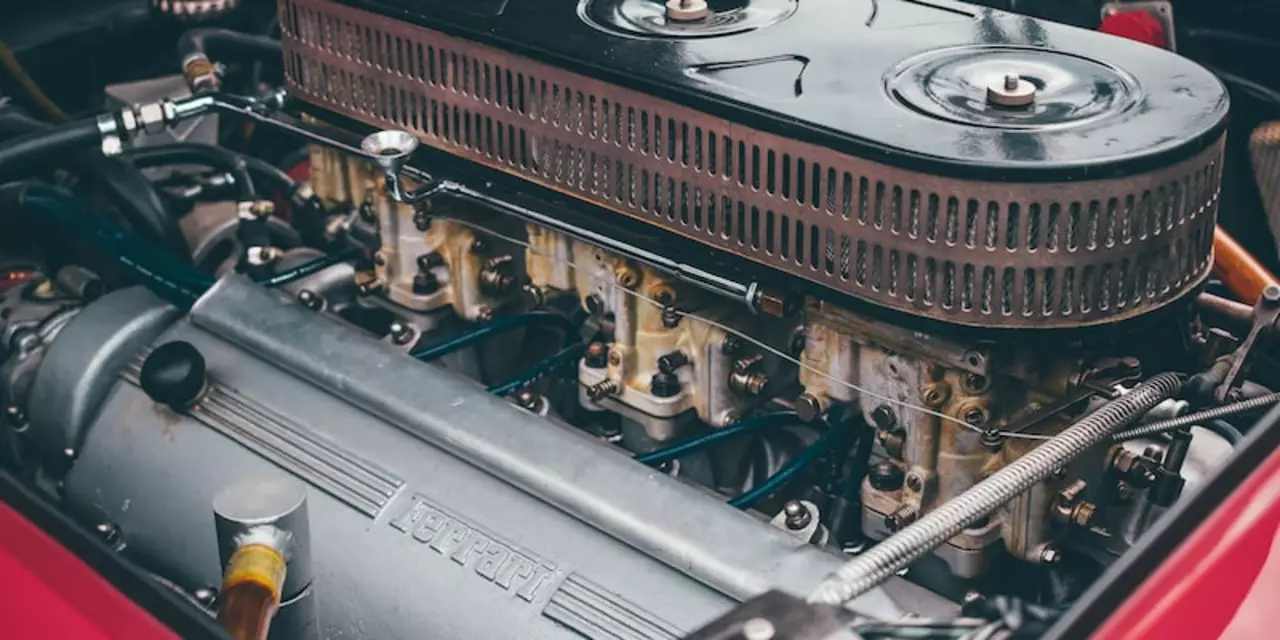Software in Motorsport – Why It Matters and What to Use
Ever wondered why the fastest cars on the grid also have the smartest computers under the hood? It’s not just about horsepower; it’s about software that turns raw data into split‑second decisions. From telemetry that tells a driver how much grip is left, to simulators that let engineers test a new aero package without ever leaving the garage, software is the silent engine powering today’s racing.
When a car zips around a corner, dozens of sensors capture speed, brake pressure, suspension travel and more. All that information streams to a laptop or a cloud platform where software crunches the numbers. The result? Engineers see exactly where the car is losing time and can tweak settings before the next lap. Without this digital eye, teams would be guessing, and guesswork rarely wins championships.
Why software matters on the track
First up, data analysis tools. Programs like MATLAB, Python‑based libraries, or dedicated racing suites such as MoTeC and Motec i2 allow crews to visualize telemetry in real time. A driver can see a live lap chart on a screen in the pit, spotting where they’re getting fresh air or where the engine is overheating. That instant feedback shortens the learning curve dramatically.
Second, simulation software. Before a new chassis even hits the wind tunnel, teams run virtual models in tools like rFactor, iRacing, or the more professional ANSYS VRXPERIENCE. These platforms mimic tire wear, fuel load and weather changes so engineers can predict how a setup will behave on race day. It saves money, time, and a lot of guesswork.
Third, strategic apps. During a race, pit‑stop timing can be the difference between first and fifth place. Software that blends lap‑time projections with fuel consumption and tire degradation helps crews decide the optimal moment to pit. Apps like RaceControl or custom AI models can even react to safety car periods automatically.
Top software tools you should know
Telemetry suites – MoTeC i2, Cosworth DataLog, Acer. They collect sensor data and present it in dashboards that are easy to read even for newcomers.
Simulation platforms – iRacing for realistic race‑craft practice, rFactor 2 for detailed car physics, and Siemens’ Simcenter for engineering‑grade analysis.
Data‑science tools – Python with Pandas, Jupyter notebooks, and Tableau help turn raw logs into actionable insights. Many teams now have a data‑science analyst on staff.
Strategic planners – Pit lane calculators, pit‑stop simulators, and even simple spreadsheet models can keep the team on track during a race.
All these tools share a common goal: make the car faster by turning numbers into knowledge. If you’re new to motorsport software, start with a free telemetry viewer or a basic racing sim. Play around, see how changing a suspension setting in the game affects lap time, then bring that curiosity to real‑world data.
Remember, the best software isn’t the flashiest—it’s the one that gives you clear answers when you need them. Whether you’re a driver wanting to shave a tenth of a second, an engineer hunting for the perfect aero balance, or a fan trying to understand the race strategy, there’s a program out there that can help. Dive in, experiment, and watch how a little code can make a big difference on the track.
Race engineers make use of a range of software tools to analyse and prepare cars for the motorsport racing environment. These tools allow the engineers to gain insights into the performance of the race car, identify areas of improvement, and make informed decisions on setup changes. Some of the most popular software tools used include Simulink for model-based design, MATLAB for data analysis, and CarSim for vehicle dynamics modelling. Race engineers also use a variety of software applications to manage and monitor race data, such as RaceLogic for logging and analysis, RaceRender for video and data analysis, and RaceChrono for lap timing. Ultimately, the software tools used by race engineers help ensure that race cars are performing at their best and give teams an edge in the competitive motorsport landscape.

